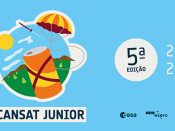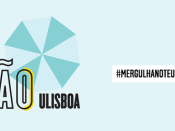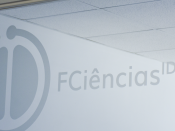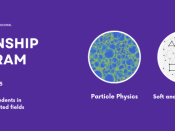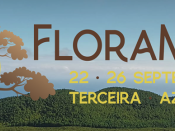Ana Margarida Fortes
BioISI - FCUL
Vitis vinifera berries are sensitive towards infection by the necrotrophic pathogen Botrytis cinerea, leading to important economic losses worldwide. The combined analysis of the transcriptome and metabolome associated with fungal infection has not been performed previously in grapes or in another fleshy fruit. In an attempt to identify the molecular and metabolic mechanisms associated with the infection, peppercorn-sized fruits were infected in the field. Green and veraison berries were collected following infection for microarray analysis complemented with metabolic profiling of primary and other soluble metabolites and of volatile emissions. The results provided evidence of a reprogramming of carbohydrate and lipid metabolisms towards increased synthesis of secondary metabolites involved in plant defence, such as trans-resveratrol and gallic acid. This response was already activated in infected green berries with the putative involvement of jasmonic acid, ethylene, polyamines, and auxins, whereas salicylic acid did not seem to be involved. Genes encoding WRKY transcription factors, pathogenesis-related proteins, glutathione Stransferase, stilbene synthase, and phenylalanine ammonia-lyase were upregulated in infected berries. However, salicylic acid signalling was activated in healthy ripening berries along with the expression of proteins of the NBS-LRR superfamily and protein kinases, suggesting that the pathogen is able to shut down defences existing in healthy ripening berries. Furthermore, this study provided metabolic biomarkers of infection such as azelaic acid, a substance known to prime plant defence responses, arabitol, ribitol, 4-amino butanoic acid, 1-O-methyl- glucopyranoside, and several fatty acids that alone or in combination can be used to monitor Botrytis infection early in the vineyard.


